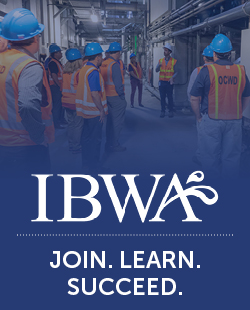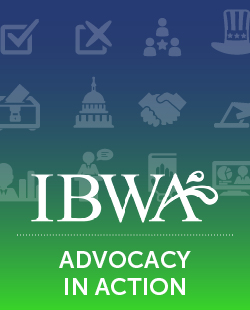Bottled Water vs Tap Water
Bottled Water vs Tap Water
Most people who drink bottled water also drink tap water, depending on the circumstances.
Drinking water – tap, filtered, or bottled – is important for healthy hydration and plays a vital role in people’s lives. Consumers choose bottled water for several reasons, including taste, quality, and convenience.
Bottled water is also an alternative to less-healthy sugary packaged beverages when consumers want to eliminate or moderate calories, caffeine, sugar, artificial flavors or colors, alcohol, and other ingredients from their diets.
Support for public water systems
The bottled water industry supports a strong U.S. public water system (although critics of bottled water would have you believe otherwise). Public water systems are important because they provide citizens with clean and safe drinking water. In fact, many bottled water companies use public water sources for their products – but those products are not just “tap water in a bottle.” Once the source water enters the bottled water plant, several processes are employed to ensure that it meets the U.S. Food and Drug Administration’s (FDA) purified water standard. These treatments can include utilizing a multi-barrier approach. Measures in a multi-barrier approach may include one or more of the following: reverse osmosis, distillation, micro-filtration, carbon filtration, ozonation, and ultraviolet (UV) light. The finished water product is then placed in a sealed bottle under sanitary conditions and sold to the consumer.
Sometimes, water from public water systems can be compromised after emergency situations or natural disasters (e.g., hurricanes, floods, tornados, fires, or boil alerts). During those times, bottled water is a necessary and reliable alternative to deliver clean, safe drinking water. However, tap water does provide, in most cases, a safe source of drinking water, even if occasional system failures make it necessary for consumers to search for alternatives during these times.
Differences in the regulation of tap water and bottled water, though minimal, highlight the differences between drinking water delivered by a public water system and drinking water delivered to the consumer in a sealed container.
- Public water systems (tap water) provide quality water for human consumption and other uses (e.g., washing clothes, bathing, and industrial and commercial uses) through a piped distribution system to specific communities. Public water systems are granted exclusive rights to provide water to consumers in a particular geographic or municipal area. Consumers do not, therefore, have a choice of which public water system will provide water to their homes or businesses. The U.S. public water systems are regulated by the Environmental Protection Agency (EPA).
- Bottled water is a packaged food product, regulated by the Food and Drug Administration (FDA), that is sold in individual, sanitary, sealed containers. It is intended solely for human consumption. Consumers have a variety of bottled water choices available to satisfy their particular tastes and price preferences. It is sold in many different package sizes, including 3- and 5-gallon containers used with bottled water coolers, 2.5-gallon refrigerator-size containers, and “on-the go” half-liter, 1 liter, and 1.5 liter convenience–size packages. Consumers choose bottled water for several reasons: taste, quality, and convenience.
Get the facts
Want some fact-based information about how public water systems and bottled water are regulated? The Drinking Water Research Foundation (DWRF) report “Bottled Water and Tap Water: Just the Facts” provides a detailed side-by-side comparison of quality and monitoring regulations for tap water and bottled water.





